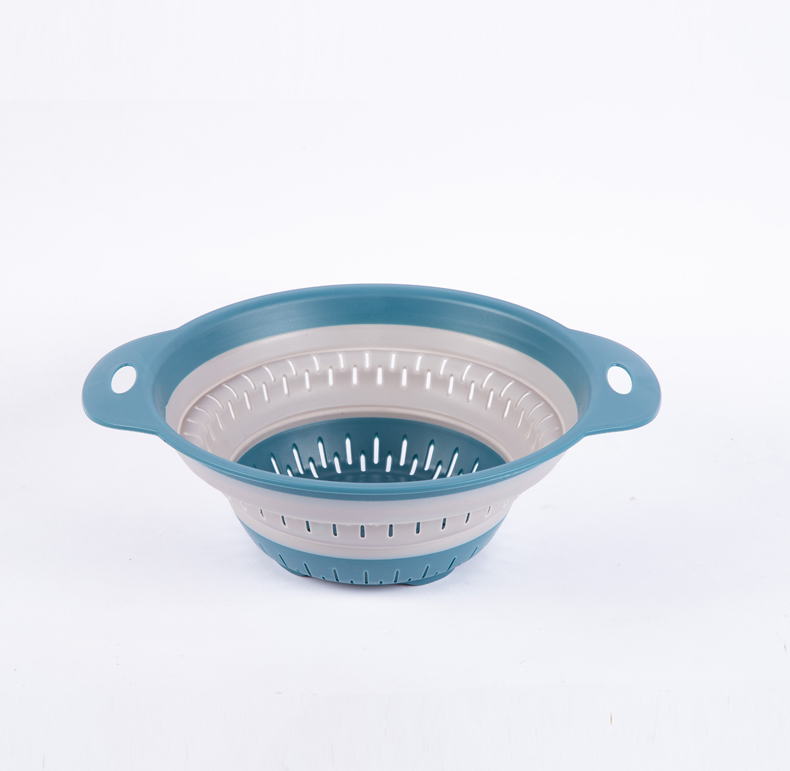Achieving consistent wall thickness is one of the most important goals in the manufacturing of products using Round Drain Baskets Moulds. Uneven thickness not only affects the aesthetic appeal of the final product but also compromises its strength, durability, and overall functionality. Products with variable thickness may warp during cooling, become structurally weak in thinner areas, or even experience failure under load. To address this issue, a comprehensive approach involving design precision, mould construction, and process control must be adopted.
The first step to preventing thickness variation starts with a balanced and symmetrical mould design. Because round drain baskets typically feature a circular and often perforated structure, designers must use highly precise CAD models that take into account radial symmetry and uniform flow distribution. Any discrepancy in the mould cavity—whether in terms of curvature, draft, or wall profile—can result in areas where the molten material flows too quickly or too slowly, leading to overpacking or insufficient fill. Ensuring that the cavity is evenly spaced and dimensionally accurate throughout its circumference is critical to maintaining uniform wall formation.
Mould flow analysis is a crucial tool in identifying potential problems before the actual mould is built. By simulating how plastic will fill the cavity during injection, engineers can predict regions where material flow may lag or concentrate. These simulations reveal pressure differentials and temperature gradients that could contribute to non-uniform thickness. Adjustments can then be made to gate positioning, runner design, and wall tapering to balance the fill and cooling rates across the entire product. For Round Drain Baskets Moulds in particular, careful placement of injection points is essential, as poor gate location can create uneven flow patterns in the round geometry of the basket.
Material selection also plays a key role in achieving thickness consistency. Different plastics behave differently in terms of flow, shrinkage, and cooling time. A resin with poor flow characteristics may not fully reach thin-wall sections of the mould, while one with high shrinkage may cause parts of the product to contract unevenly. Choosing a resin suitable for thin-wall moulding and optimizing the processing parameters—such as temperature, injection pressure, and screw speed—can help ensure complete and balanced cavity filling.
Thermal management within the mould is equally important. Cooling channels must be strategically designed to provide even heat extraction throughout the moulded part. Uneven cooling can lead to differential shrinkage and, consequently, variation in wall thickness. High-performance moulds often incorporate conformal cooling systems, which follow the contours of the part and maintain uniform temperatures across complex geometries. Maintaining consistent temperature across the mould ensures that the molten plastic solidifies at the same rate in all regions, reducing internal stresses and dimensional inconsistencies.
In addition, the mould clamping force must be correctly calibrated. If the force is not evenly distributed, the mould halves may not remain perfectly aligned during injection, causing flash or inconsistent cavity compression that can affect wall thickness. High-precision clamping systems and robust mould frames help maintain tight tolerances and alignment throughout the moulding cycle.
Finally, consistent monitoring and feedback during production are essential. In-line inspection systems and quality control checks can detect early signs of thickness variation, allowing for quick adjustments to be made to processing conditions or machine settings. Over time, such proactive measures contribute to greater yield, reduced waste, and a more reliable final product.
By integrating advanced design techniques, accurate simulations, proper material choices, and precise process control, manufacturers can significantly reduce the risk of thickness inconsistency in products made with Round Drain Baskets Moulds. These efforts ensure not only the structural reliability of the baskets but also the efficiency and cost-effectiveness of the production process.
Name: Round Drain Basket
Mould material: S136
Mould base: P20 steel
Cavity NO: 1+1
Product material: PP+TPR
Runner: Hot/cold
Mould life: 1 million~3 million shots
Delivery time: 35~50 days

